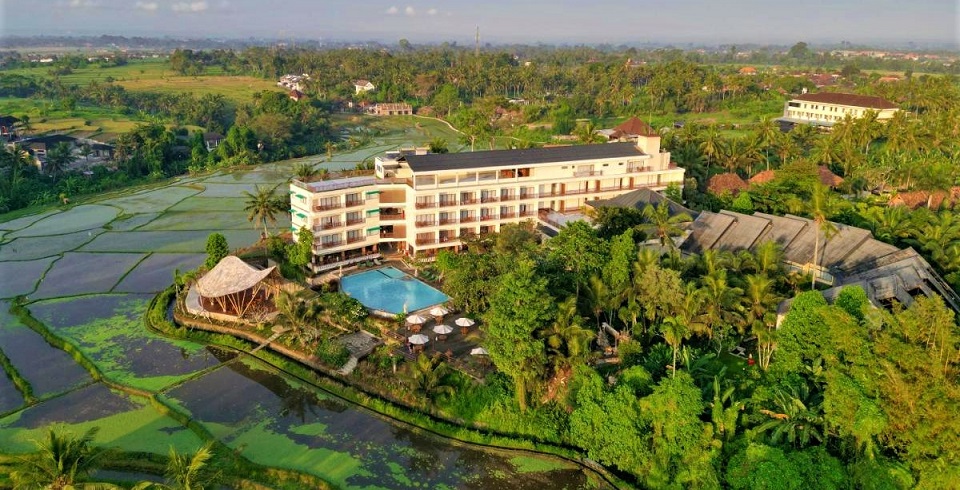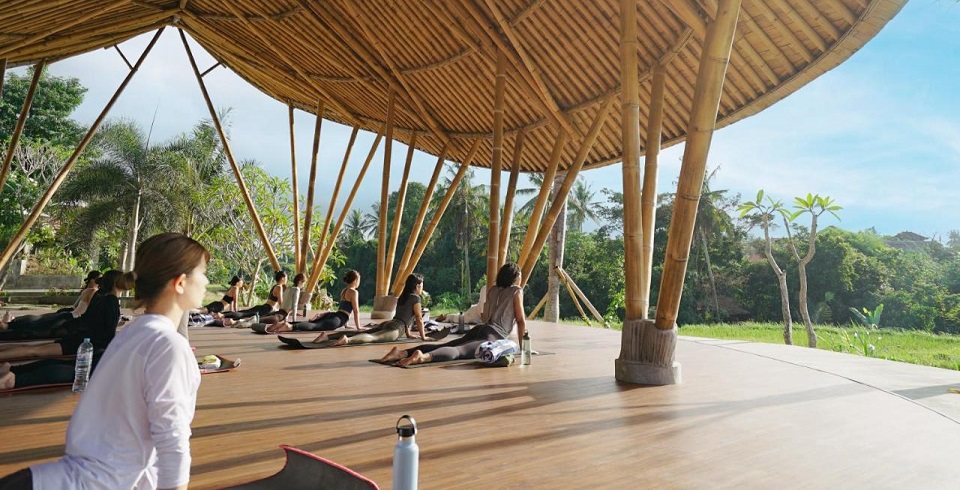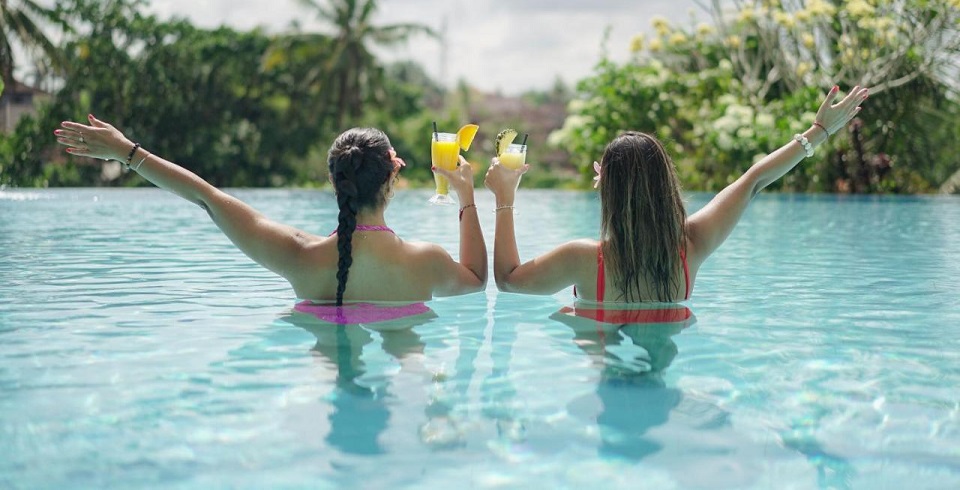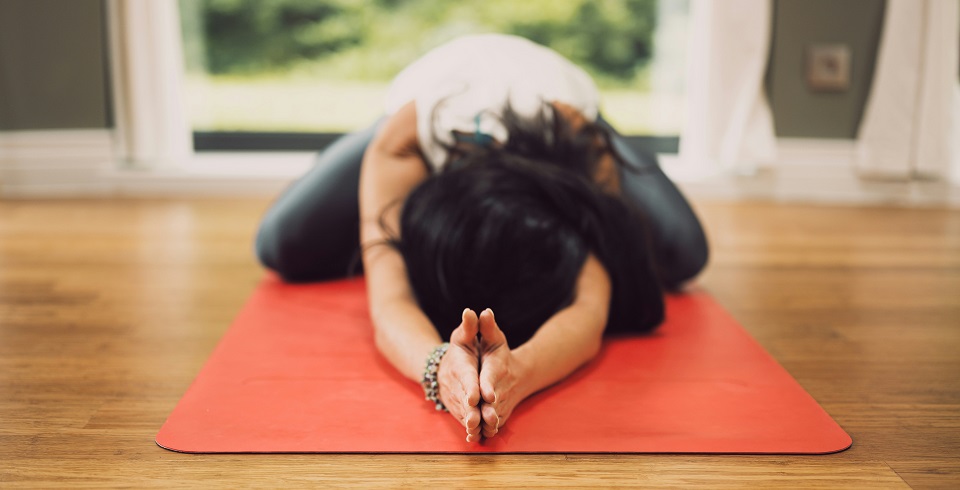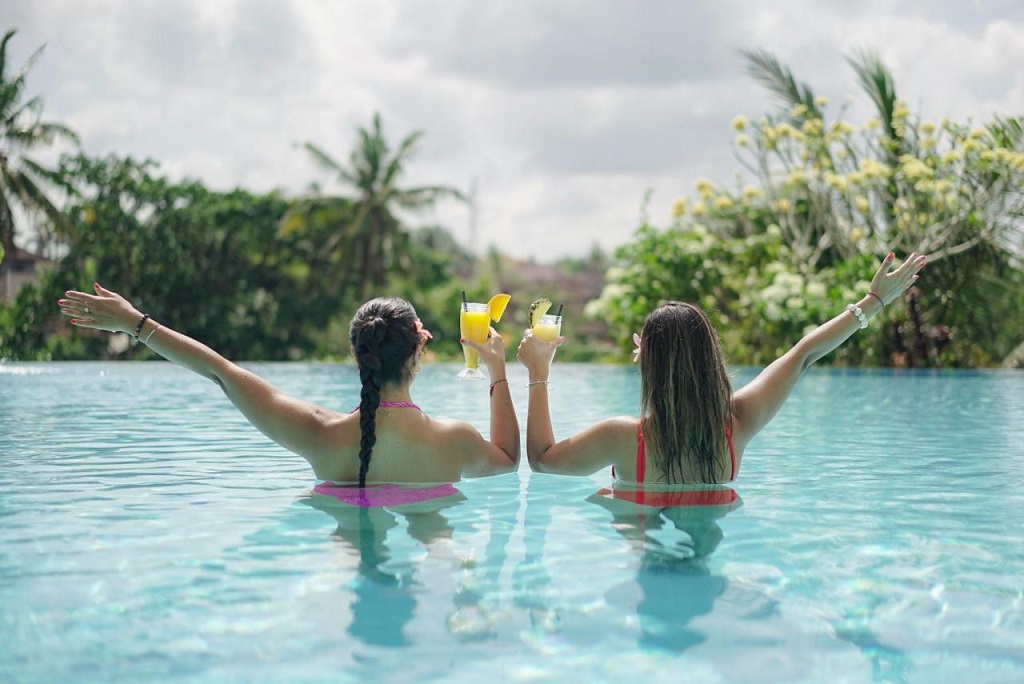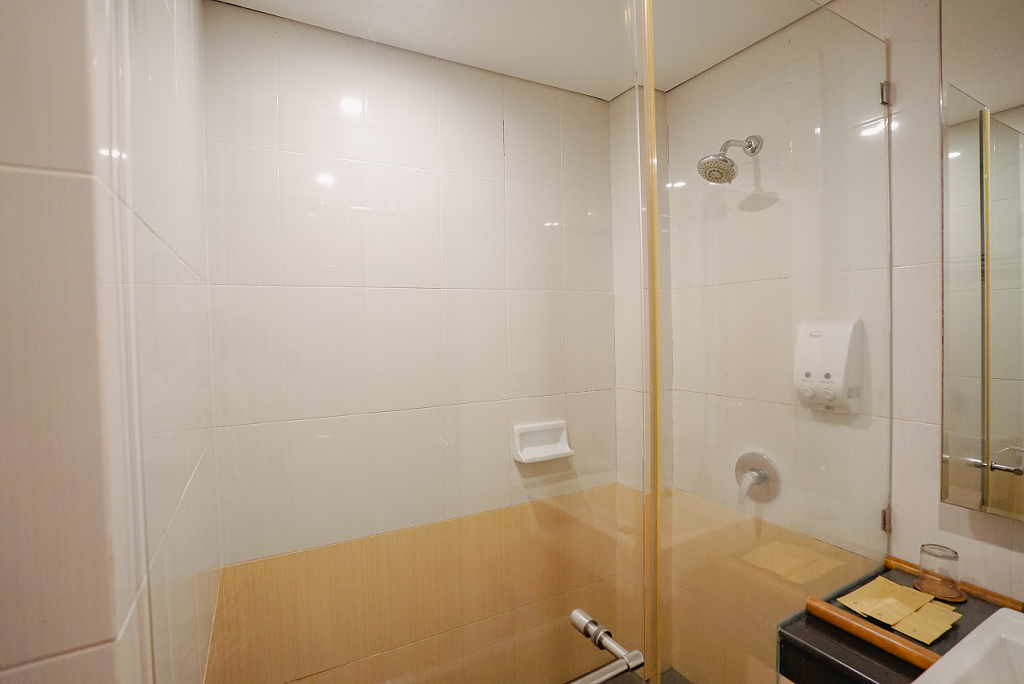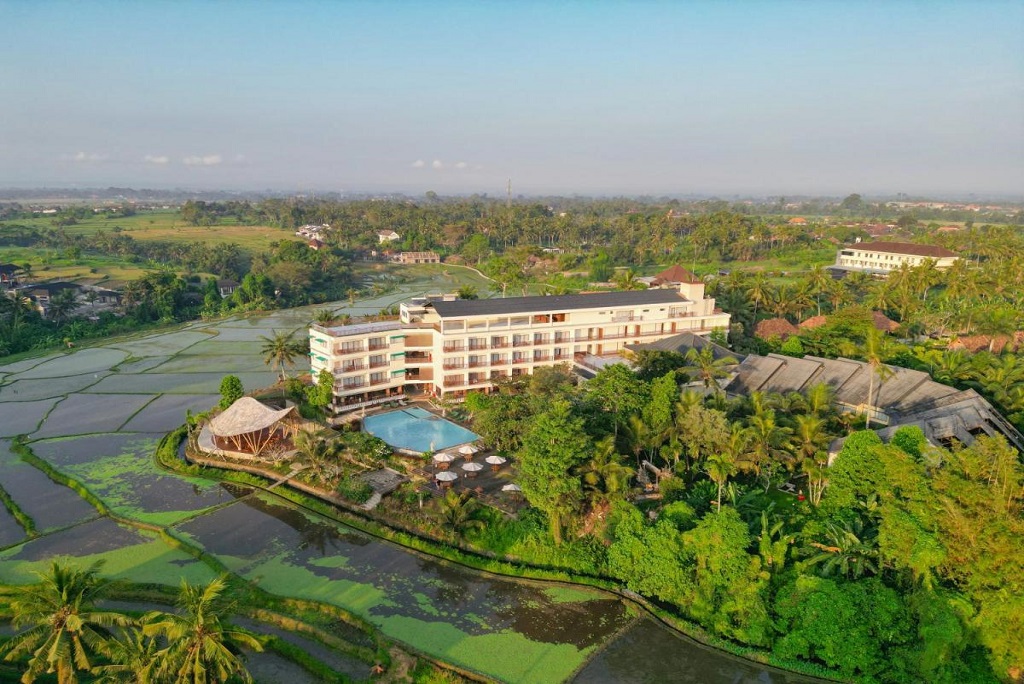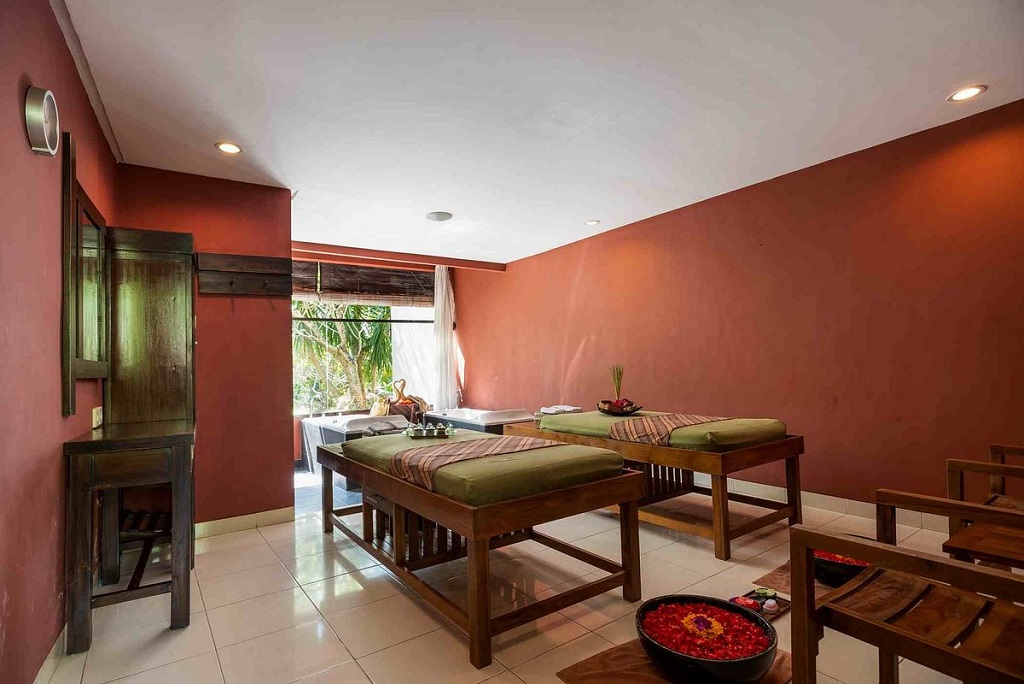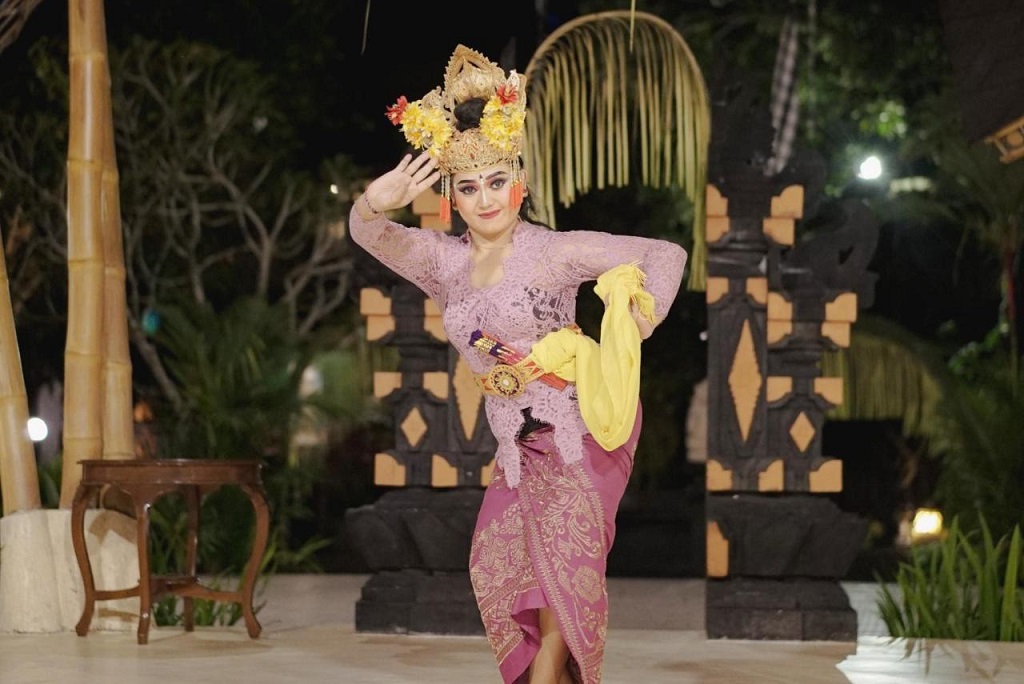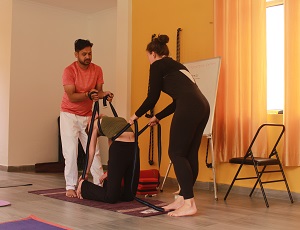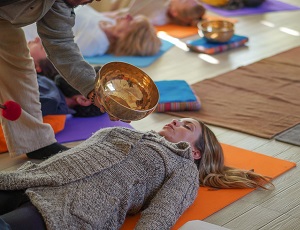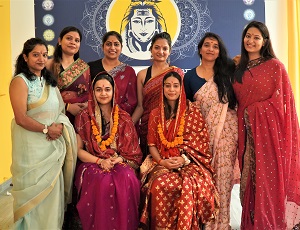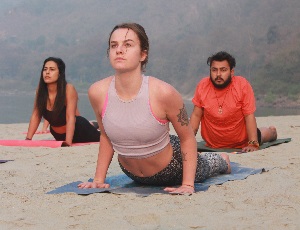100 Hours Yoga Teacher Taining Course
-
Date: 01st - 11th Every Month
-
Duration: 11 Days
-
Batch Size : 18-20
-
Level: Beginner
-
Wifi Available
-
Pickup: Airpot
100 Hour Yoga Teacher Training Course In Bali.
A 100-hour Yoga Teacher Training Course (TTC) in Bali offers a condensed yet comprehensive introduction to the world of yoga. This course is designed for individuals who want to deepen their personal practice or explore the possibility of becoming a yoga teacher.
During the training, you can expect to learn the foundational aspects of yoga, including asanas (yoga postures), pranayama (breathing techniques), meditation, yoga philosophy, and teaching methodology.
The course will provide you with a solid understanding of the principles and techniques of yoga, allowing you to develop a strong foundation for further exploration and growth in your yoga journey. Additionally, you will have the opportunity to immerse yourself in the beautiful and serene environment of Bali, known for its spiritual energy and natural beauty, which adds an extra element of inspiration and tranquility to your training experience.
100 hour yoga teacher training course in bali
here are several benefits of completing a 100-hour Yoga Teacher Training Course (TTC) in Bali. Here are some of the key benefits:
Strong Foundation: A 100-hour TTC provides a solid foundation in yoga, covering the essential aspects of yoga practice, philosophy, and teaching methodology. It gives you a comprehensive understanding of the fundamental principles of yoga, setting the stage for further exploration and growth in your yoga journey.
Intensive Learning Experience:
The condensed nature of a 100-hour TTC allows for an immersive and focused learning experience. You will have the opportunity to dive deep into the teachings of yoga, dedicating concentrated time and energy to your practice and studies.
- Personal Transformation: Yoga is not just about physical postures; it is a holistic practice that encompasses the mind, body, and spirit. A 100-hour TTC in Bali provides a transformative experience, allowing you to deepen your self-awareness, cultivate mindfulness, and develop a greater sense of inner peace and balance.
- Cultural Immersion: Bali is known for its rich cultural heritage and spiritual energy. By choosing to do your TTC in Bali, you have the opportunity to immerse yourself in the local culture, traditions, and spirituality. This cultural immersion can enhance your understanding and appreciation of yoga as a way of life.
- Beautiful Environment: Bali is renowned for its stunning natural beauty, with lush landscapes, pristine beaches, and serene surroundings. The tranquil and picturesque environment of Bali provides an ideal setting for yoga practice and self-reflection, allowing you to connect with nature and find inner harmony.
- Joining a 100-hour TTC in Bali allows you to connect with like-minded individuals from around the world who share a passion for yoga. You will have the opportunity to build a supportive community of fellow practitioners and potentially form lifelong friendships.
- Teaching Opportunities: While a 100-hour TTC does not qualify you as a fully certified yoga teacher, it can serve as a stepping stone towards further training and teaching opportunities. It provides you with the foundational knowledge and skills to start sharing yoga with others in a safe and effective manner.
- Explore various yoga traditions and their unique approaches to teaching
Course Overview
The purpose of mantra chanting in yoga is to generate vibrations and connect with the universe.
-
Aum Namah ShivayaAum Sarveshaam Svastir-BhavatuAum Sarve Bhavantu Sukhinah
-
Aum Saha NavavatuMaha Mrityunjaya MantraAum Asato Ma Sadgamaya
Ashtanga Vinyasa Primary Series (also known as the First Series or Yoga Chikitsa), literally means yoga therapy. This when practiced regularly heals all sickness and purifies your body in preparation for deeper Yogic practice - both physical as well as meditative.
-
STANDING POSTURESPadangusthasanaPada HastasanaUtthita Trikonasana A, BUtthita Parsvakonasana A,BPrasarita Padottanasana A,B,C,DParsvottonasana
-
SITTING POSTURESDandasanaPaschimottanasana A,B,CPurvottasanaArdha Baddha Padma PaschimottanasanaTrianga Mukaikapada PaschimottanasanaJanu Sisrasana A,B,CMarichyasana A,B,C,DParipurna NavasanaBhujapidasanaKurmasanaSupta KurmasanaGarbha PindasanaKukkutasanaBaddha Konasana A,B
-
FINISHING & CLOSING POSTURESSalamba SarvangasanaHalasanaKarnapidasanaUrdvha PadmasanaPindasanaMatsyasanaUttana Padasana
A wonderful serenity has taken possession of my entire soul, like these sweet mornings of spring which I enjoy with my whole heart. I am alone, and feel the charm of existence in this spot, which was created for the bliss of souls like mine. I am so happy, my dear friend, so absorbed in the exquisite.
-
STANDING POSTURESPadangusthasanaPada HastasanaUtthita Trikonasana A, BUtthita Parsvakonasana A,BPrasarita Padottanasana A,B,C,DParsvottonasanaUtthita Hasta Padangusthasana
-
SITTING POSTURESDandasanaPaschimottanasana A,B,CPurvottasanaArdha Baddha Padma PaschimottanasanaTrianga Mukaikapada PaschimottanasanaJanu Sisrasana A,B,CMarichyasana A,B,C,DParipurna NavasanaBhujapidasanaKurmasanaSupta Kurmasana
-
FINISHING & CLOSING POSTURESSalamba SarvangasanaHalasanaKarnapidasanaUrdvha PadmasanaPindasanaMatsyasanaUttana Padasana
Pranayama is the control of breath. The basic movements of pranayama are inhalation, retention of breath, and exhalation. “The yogi’s life is not measured by the number of days but by the number of his breaths,” says Iyengar.
-
Four Aspects of Pranayama.Natural Breathing.Abdominal (or diaphragmatic) Breathing.Clavicular Breathing.
-
Sheetkari Pranayama ( hissing breath).Bhramari Pranayama ( humming bee breath).Ujjayi Pranayama ( the psychic breath).
Students learn the technique of using seals or gestures to facilitate the flow of energy in their body.
-
Introduction & Types of MudraHasta ( Hand Mudras)Mana ( Head mudras)Kaya ( Postural mudras)
-
The five Pranas-Prana, literally the “forward moving air”.Apana, literally the “air that moves away”.Udana, literally the “upward moving air”.
Students learn the technique of consciously blocking and unblocking energy flow to different parts of their body.
-
Introduction to Bandhas.Preparation for Bandhas.
-
Jalandhara Bandha (Throat lock).Moola Bandha (Perineum contraction).
Meditation as a practice has gained wide popularity due to its numerous benefits.
-
Introduction of MeditationOrigion & history of MeditationBreath awarness MeditationAUM chanting Meditation
-
Ajapa Meditation.Antar Maun (Inner Silemce Meditation).Yoga Nidra.
Yoga nidra, a Sanskrit term meaning "yogic sleep" is a deep relaxation technique and a form of meditation.Also called "psychic sleep," yoga nidra is a state between sleeping and waking.
-
How to do Yoga NidraBenefits of Yoga Nidra.Getting ready for Yoga Nidra.
-
Introduction & Importance of Yoga Therapy.Understanding individual’s body type and its ailments through Yoga Therapy.Planning a nutritious yogic diet programme, making lifestyle changes through yogic mindful living and meditative practices.
-
History and Basic Principles of Ayurveda.Three types of body constitution and their diagnosis.Basic concept of Panchakarma and Massage therapy.06 types of tastes and their relation to body constitutions.Shatkarma and Asanas therapeutic application and benefits.
Yogic cleansing exercises are important to learn how to incorporate your breath and meditate properly during physical aspects of yoga. It also removes the blockages in the energy channels.
-
Introduction to Shatkarma.Preparation for Shatkarma.
-
Jala Neti (Nasal cleansing with water)Rubber Neti (Nasal cleansing with rubber)
Proper understanding of the physical body will help to prevent injury before, during and after practice. There are two kinds of yoga anatomy: physical and spiritual. Understanding both types is needed.
-
Body PlanesJointsAnatomical MovementsMuscle & PostureYoga & PostureMuscular SystemSpineDeformities of the spine
-
Teres MinorDeltoidBicep BrachiiTricep BrachiiPectoralis MinorRectus AbdominusTrapezius
Yoga Philosophy is the foundation of our yoga practice and is the key to earn yogic strength. Through the path of Vedanta Philosophy, you will establish a solid, well-rounded yoga practice.
-
Sanatana DharmaVedasPuranasThe Four Goals of LifeThe Four Stage of LifeThe Vedic System of Duties
-
The Eight Limbs of YogStages of SamadhiThe Six Yoga SystemJnana YogaBhakti YogaKarma Yoga
Select Your Accommodation

-
Free Wi-Fi
-
AC available on request
-
2 single beds
-
Attached Bathroom
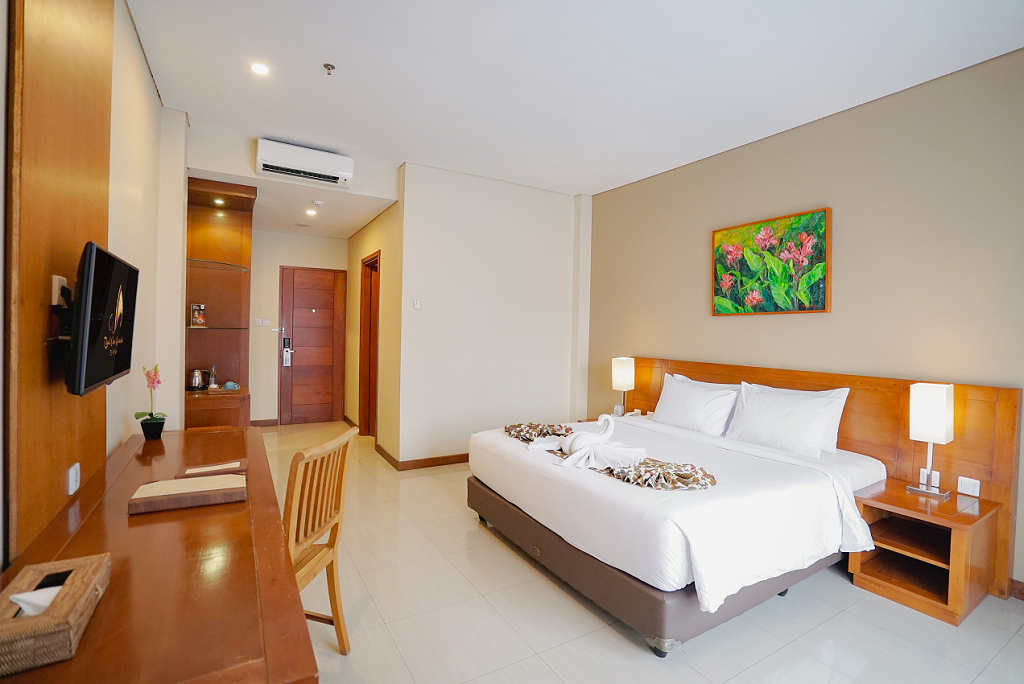
-
Free Wi-Fi
-
AC available on request
-
1 single beds
-
Attached Bathroom

-
Free Wi-Fi
-
AC available on request
-
1 double bed (Couple)
-
Attached Bathroom
FAQ's
You will receive an information letter a few weeks prior to the course starting. This will detail what to bring and how to prepare. Each course will differ but generally you are asked to bring clothes that you are comfortable moving in.
Yes it is. Once you complete your certification with us, you are able to be registered with Yoga Alliance. This enables you to teach Yoga anywhere in the world and be recognised as a trained Yoga teacher.
The 200 hours of yoga teacher training is the minimum requirement to become eligible to register with the yoga alliance as RYT 200. This 200 hour teacher training is comprehensive and covers different facets of yoga, not just the physical asanas. For the more advanced knowledge of yoga teaching, you can enroll yourself in a 300 or 500-hour yoga teacher training course with Adi Yogpeeth.
A tourist visa can be obtained for 200 hours training. This visa can be applied by approaching the respective embassy or consulate or application can be filled online which is much more convenient and faster. It may take anywhere from 1 week to a month to get a response on the outcome. Check - Balin Visa Online Site.

Daily Schedule
06:00 AM - 07:00 AMPranayama & Shatkarma
07:15 AM - 08:45 AM Hatha Yoga Asana
09:00 AM - 10:00 AM Breakfast
10:15 AM - 11:15 AM Yoga Philosophy
11:30 AM - 12:30 AM Yoga Anatomyy
12:45 PM - 01:45 PM Lunch
02:00 PM - 03:30 PM Self Study
03:30 PM - 05:00 PM Ashtanga Vinyasa Yoga
05:15 PM - 06:15 PM Yoga Therapy & Ayurveda
06:30 PM - 07:30 PMMeditation & Yog Nidra
07:30 PM - 08:30 PM Dinner
